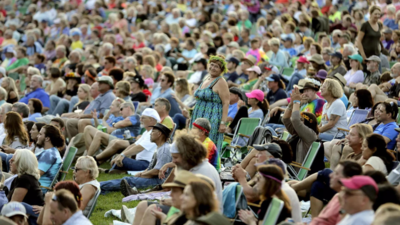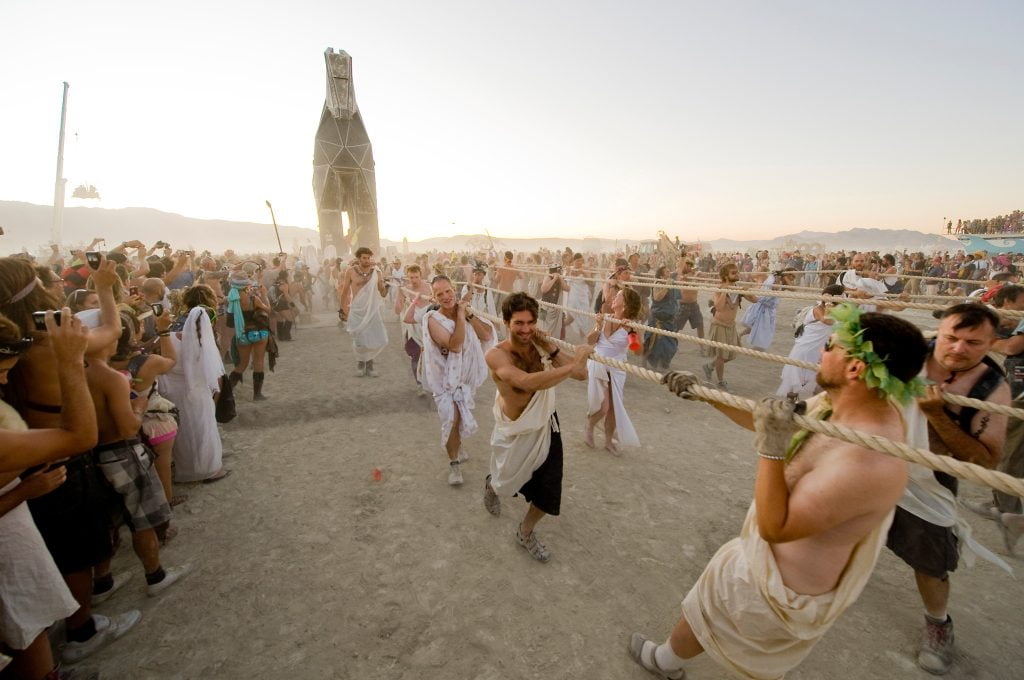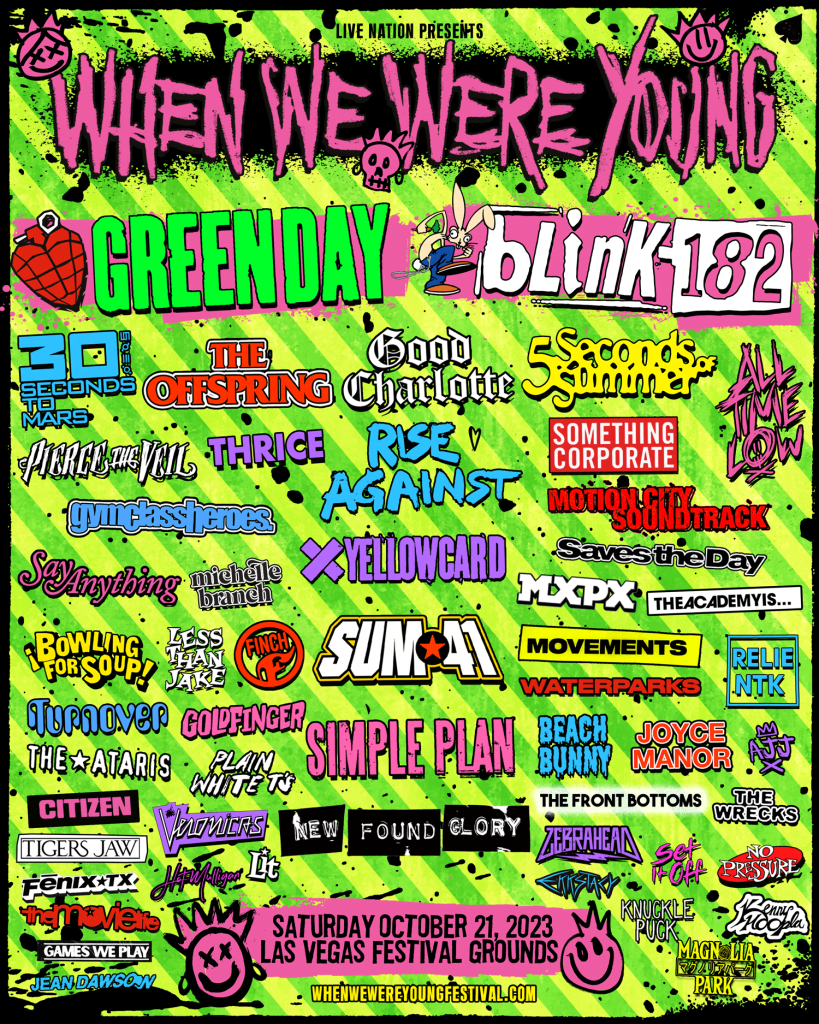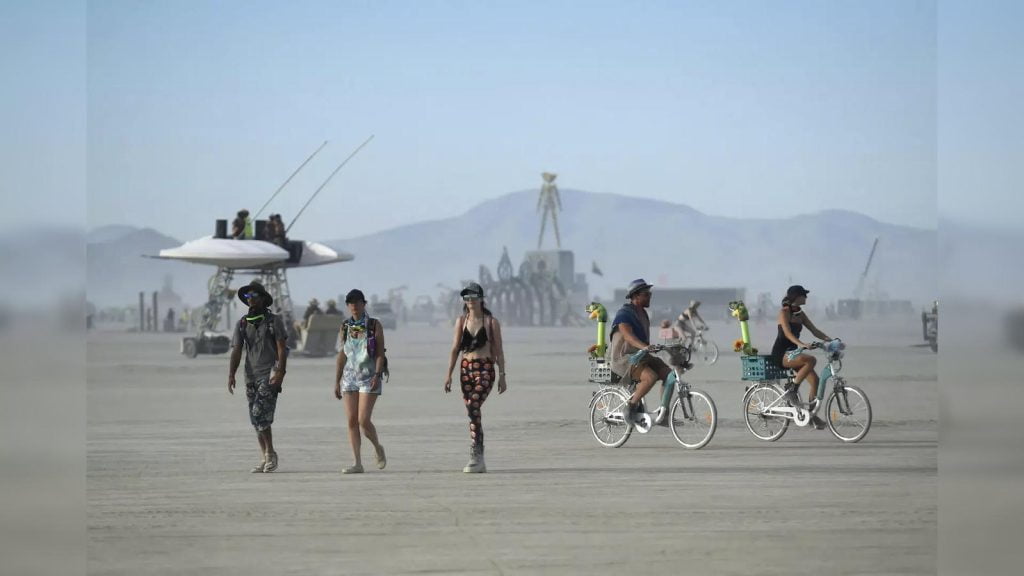One of the most iconic music festivals in history, Woodstock holds a special place in the hearts of music enthusiasts worldwide. But do you know where was the Woodstock Music Festival held? The legendary festival took place on Max Yasgur’s dairy farm in Bethel, New York. This serene setting amidst lush greenery not only hosted over 400,000 attendees but also became a symbol of peace, love, and music in the summer of 1969. The Woodstock Music Festival venue not only witnessed electrifying performances by legendary artists but also became a cultural landmark that continues to inspire generations. Join us as we delve into the historic location that defined a generation and left an indelible mark on music history.
Destroy Lonely has shared two digital deluxes to his latest album ‘LOVE LASTS FOREVER’
Featuring 10 new tracks:
• THE BOUNCE
• MAKE A SOUND
• SEE YOU TOMORROW
• MEET THE BOSS
• BLING
• SMOKING
• HEALING
• FORGOT MY NAME
• LSD
• MONEY ANTHEM pic.twitter.com/GfwDgwaJSv— Complex Music (@ComplexMusic) September 4, 2024
History of Woodstock Music Festival
The Woodstock Music Festival, also known as Woodstock or the Woodstock Festival, was a historic event that took place in 1969. The festival is widely regarded as a pivotal moment in music history, symbolizing the peak of the counterculture movement of the 1960s. It was held in Bethel, New York, at Max Yasgur’s 600-acre dairy farm.
Origin and Concept
The idea for Woodstock originated from four entrepreneurs who wanted to build a recording studio in Woodstock, New York. The plan evolved into a music festival to be held in a natural setting, free from city noise, and promote peace and music. The event was envisioned as a profit-making venture but ultimately became a landmark moment in music history.
The legacy of Woodstock lies in its embodiment of the 1960s spirit of rebellion, social activism, and cultural revolution.
Key Performances and Iconic Moments
Woodstock featured legendary performances by artists such as Jimi Hendrix, Janis Joplin, The Who, and many more. These musicians captivated the audience with their electrifying performances, capturing the essence of the era.
- Jim Morrison’s fiery performance with The Doors
- Joe Cocker’s soul-stirring rendition of “With a Little Help from My Friends.”
- Janis Joplin’s raw and passionate performance that left the crowd mesmerized.

Location of Woodstock Music Festival
The iconic Woodstock Music Festival was held at Bethel, New York in 1969. The festival took place on Max Yasgur’s 600-acre dairy farm in Bethel, which is in the Catskill Mountains. The serene and picturesque backdrop of rolling hills and green pastures provided the perfect setting for the historic event.
Max Yasgur’s Farm
Max Yasgur’s farm in Bethel, New York, became the epicenter of the counterculture movement in the late 1960s. The farm’s sprawling fields and natural amphitheater-like terrain accommodated an estimated 400,000 attendees during the festival.
Historical Significance
The Woodstock Music Festival at Max Yasgur’s farm marked a watershed moment in music history, symbolizing peace, love, and the spirit of 1960s counterculture. The festival featured legendary performances by artists such as Jimi Hendrix, Janis Joplin, The Who, and many more.
- The festival’s legacy lives on as a cultural touchstone and a symbol of unity and activism.
- Woodstock has become synonymous with peaceful gatherings, musical expression, and social change.
Significance of Woodstock Music Festival Venue
The Woodstock Music Festival, held in 1969 and also known as the Woodstock Music & Art Fair, took place at Bethel, New York, specifically at a dairy farm owned by Max Yasgur. This venue holds immense historical and cultural significance, becoming an iconic symbol of the counterculture movement in the 1960s.
Historical Relevance
The choice of location for the Woodstock Festival was crucial as it embodied the spirit of peace, music, and unity that defined the hippie movement of the era. The farm’s sprawling fields and natural surroundings provided the ideal setting for attendees to come together and celebrate music and freedom.
Legacy and Impact
The Woodstock venue not only witnessed legendary performances by iconic artists such as Janis Joplin, Jimi Hendrix, The Who, and Santana but also became a symbol of the peace and love ethos of the 1960s counterculture. The festival’s lasting impact on music, society, and the concept of music festivals is undeniable.
Legacy of Woodstock Music Festival
The historic Woodstock Music Festival, also known as Woodstock or the Woodstock Festival, attended by more than 400,000 people, was held at Max Yasgur’s 600-acre dairy farm in Bethel, New York, from August 15–18, 1969. This iconic event became a symbol of the counterculture movement and the highlight of the 1960s.
Impact on Music and Culture
Woodstock was a groundbreaking event that transcended musical boundaries and brought together some of the biggest artists of the era, including Janis Joplin, Jimi Hendrix, The Who, and Santana. The festival defined a generation and sparked a cultural shift towards peace, love, and unity.
Enduring Influence
The ideals of Woodstock continue to resonate today, inspiring movements for social justice, environmentalism, and artistic expression. The festival’s message of peace and harmony remains relevant in modern society.
Impact on Music and Culture
The Woodstock Music Festival, held in 1969 at Max Yasgur’s dairy farm in Bethel, New York, left an indelible mark on both music and culture, influencing generations to come.
Era-Defining Performances
The iconic festival featured legendary performances from artists like Jimi Hendrix, Janis Joplin, The Who, and many more, cementing their places in music history.
The mix of rock, folk, and psychedelic music showcased the diversity of the era, attracting a crowd of over 400,000 fans.
Cultural Revolution
Woodstock was not just a concert; it was a cultural phenomenon that embodied the spirit of peace, love, and unity.
The festival promoted anti-war sentiments and environmental awareness, inspiring a generation to stand up for social justice and equality.

Frequently Asked Questions
- When did the Woodstock Music Festival take place?
- The Woodstock Music Festival took place from August 15 to 18, 1969.
- Where did the Woodstock Music Festival take place?
- The Woodstock Music Festival took place on a dairy farm in Bethel, New York.
- What was the significance of the Woodstock Music Festival?
- The Woodstock Music Festival was a pivotal moment in music history, symbolizing the counterculture movement of the 1960s.
- Why is the Woodstock Music Festival considered legendary?
- The Woodstock Music Festival is considered legendary due to its iconic lineup of artists, the peaceful gathering of hundreds of thousands of attendees, and its lasting impact on music and culture.
- Is the Woodstock Music Festival venue still accessible for visits?
- Yes, the Woodstock Music Festival venue is still accessible for visits, and there are ongoing efforts to preserve and commemorate its historical significance.
In Conclusion: Unveiling the Woodstock Music Festival Venue
As we close the chapter on unveiling the legendary Woodstock Music Festival venue, the question of “Where was the Woodstock Music Festival held?” now carries a profound significance. The answer lies in Bethel, New York, at Max Yasgur’s farm, where history was made and a cultural revolution unfolded. Reflecting on this iconic event, we are reminded of the power of music to unite, inspire, and bring about social change. The spirit of Woodstock continues to resonate through generations, symbolizing peace, love, and music. Whether you experienced it firsthand or through stories, the legacy of Woodstock’s venue remains etched in our hearts, reminding us of the magic that happens when people come together in harmony.




